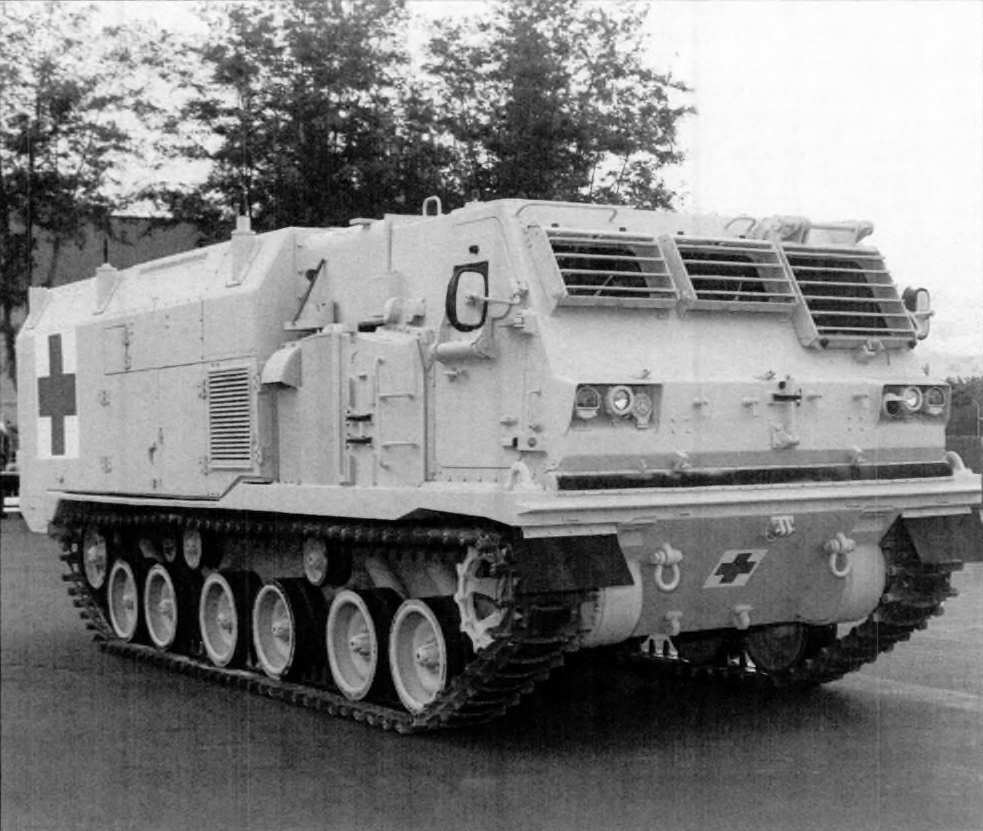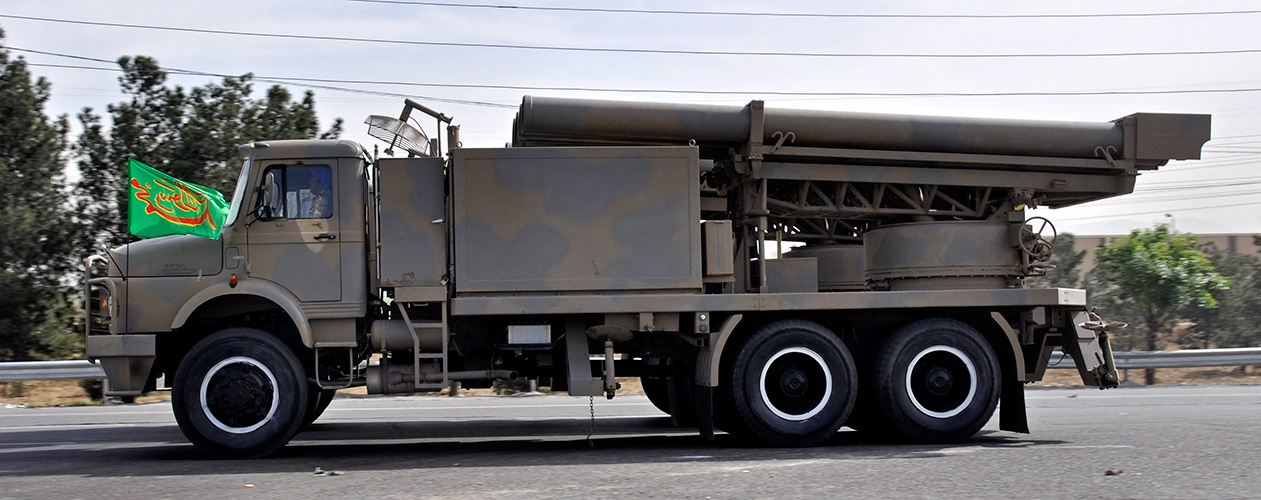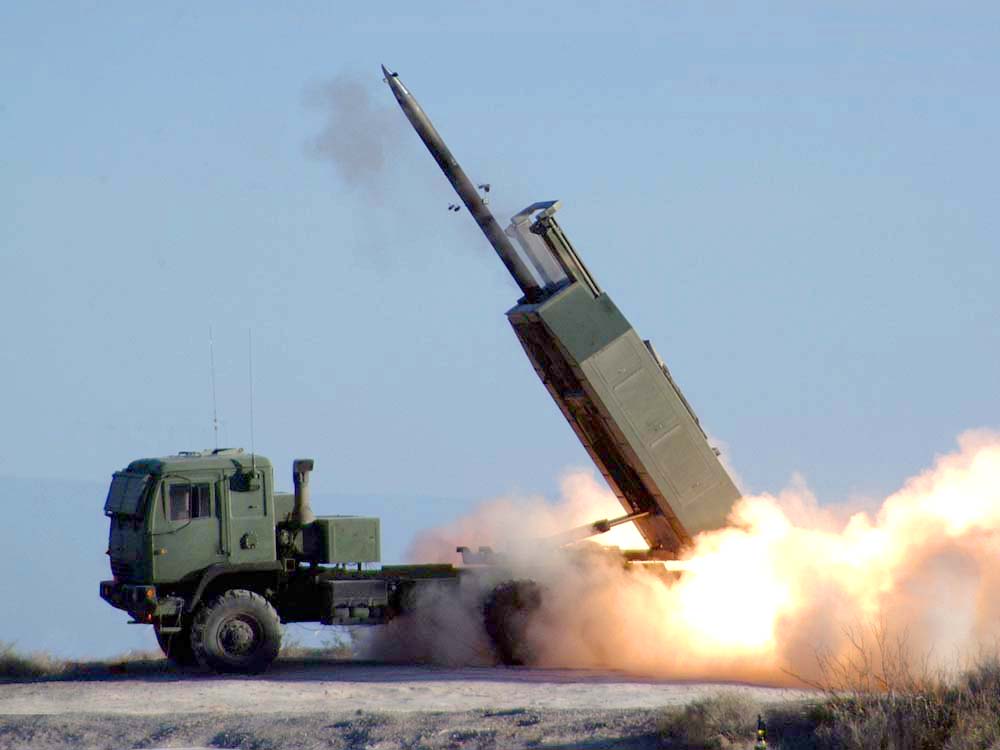|
LYNX (multiple Rocket Launcher)
Lynx is a multiple rocket launcher developed and manufactured by Israel Military Industries (IMI) and used by Israel Defense Forces and other countries. It can be configured to carry a variety of rockets in two sealed pod containers: 40 (2 pods x 20 rockets each) 122mm Grad rockets; or 26 (2x13) 160mm LAR-160 or ACCULAR rockets; or eight (2x4) 306mm EXTRA rockets; or four (2x2) Predator Hawk tactical ballistic missiles; or two (2x1) Delilah missiles. After the acquisition of Israel Military Industries by Elbit Systems in 2018, an upgraded and modernized version of the Lynx was developed, called the PULS (Precise & Universal Launching System). See also * ACCULAR * TOS-1 * M270 Multiple Launch Rocket System * HIMARS * Astros II MLRS * LRSVM Morava * T-122 Sakarya * Fajr-5 * BM-21 Grad The BM-21 "Grad" (russian: ąæą£-21 "ąōčĆą░ą┤", lit= hail) is a self-propelled 122 mm multiple rocket launcher designed in the Soviet Union. The system and the M-21OF rocket we ... [...More Info...] [...Related Items...] OR: [Wikipedia] [Google] [Baidu] |
ACCULAR
ACCULAR is a family of artillery rockets developed and manufactured by Israel Military Industries (IMI) and used by Israel Defense Forces and international customers. It features 2 different calibers with a maximum range of 40 km with a 20ŌĆō35 kg unitary penetration or controlled fragmentation warhead and accuracy of 10m CEP. The ACCULAR missiles can be launched by IMI's LYNX (MRL) launcher, as well as from a variety of other available launchers. AccuLAR-160 A guided version and further development of the unguided LAR-160. AccuLAR-122 In service in IDF, under the name Romach, with dedicated M270 MLRS launchers. Each launcher can fire 18 rockets within a minute. AccuLAR-122 can also be launched from IMI LYNX (MRL). It has a maximum range of 35 km and accuracy of 10m CEP. See also *LAR-160 *EXTRA *Predator Hawk References Rocket weapons Surface-to-surface missiles Guided missiles of Israel {{missile-stub ... [...More Info...] [...Related Items...] OR: [Wikipedia] [Google] [Baidu] |
M270 Multiple Launch Rocket System
The M270 Multiple Launch Rocket System (M270 MLRS) is an American-developed armored, self-propelled, multiple rocket launcher. The U.S. Army variant of the MLRS vehicle is based on the chassis of the Bradley Fighting Vehicle. The first M270s were delivered in 1983. The MLRS were subsequently adopted by several NATO countries and other countries. The MLRS first saw service with the United States in the 1991 Gulf War. The MLRS has been upgraded to fire guided missiles, and has been used by Ukraine in the 2022 Russian invasion of Ukraine. Description Background In the early 1970s, the Soviet Union had a clear advantage over U.S. and NATO forces in terms of rocket artillery. Soviet tactics of bombardment by large numbers of truck-mounted multiple rocket launchers (MRLs), such as the BM-21, would saturate a target area with thousands of rockets, ensuring some would hit specific targets while delivering a psychological impact. By contrast, U.S. artillerists favored cannon artiller ... [...More Info...] [...Related Items...] OR: [Wikipedia] [Google] [Baidu] |
Salvo Weapons
A salvo is the simultaneous discharge of artillery or firearms including the firing of guns either to hit a target or to perform a salute. As a tactic in warfare, the intent is to cripple an enemy in one blow and prevent them from fighting back. Overview Troops armed with muzzleloaders required time to refill their arms with gunpowder and shot. Gun drills were designed to enable an almost continuous rain of fire on the enemy by lining troops into ranks, allowing one rank to fire a salvo, or volley, while the other ranks prepared their guns for firing. The term is commonly used to describe the firing of broadsides by warships, especially battleships. During fleet engagements in the days of sail, from 17th century until the 19th century, ships of the line were maneuvered with the objective of bringing the greatest possible number of cannon to bear on the enemy and to discharge them in a salvo, causing enough damage and confusion as to allow time for the cannon to be swabbed ou ... [...More Info...] [...Related Items...] OR: [Wikipedia] [Google] [Baidu] |
Wheeled Self-propelled Rocket Launchers
A wheel is a circular component that is intended to rotate on an axle bearing. The wheel is one of the key components of the wheel and axle which is one of the six simple machines. Wheels, in conjunction with axles, allow heavy objects to be moved easily facilitating movement or transportation while supporting a load, or performing labor in machines. Wheels are also used for other purposes, such as a ship's wheel, steering wheel, potter's wheel, and flywheel. Common examples are found in transport applications. A wheel reduces friction by facilitating motion by rolling together with the use of axles. In order for wheels to rotate, a moment needs to be applied to the wheel about its axis, either by way of gravity or by the application of another external force or torque. Using the wheel, Sumerians invented a device that spins clay as a potter shapes it into the desired object. Terminology The English word ''wheel'' comes from the Old English word , from Proto-Germanic , from ... [...More Info...] [...Related Items...] OR: [Wikipedia] [Google] [Baidu] |
Self-propelled Artillery Of Israel , a model for studying the motion of swarms
{{Disambiguation ...
Self-propelled may refer to * Human-powered transport, humans moving themselves (and their cargo) via their own muscle energy * Machines that power their own movement: ** Automobile (from ''auto-'' + ''mobile'', "self-moving") ** Locomotive (from ''loco-'' + ''motive'', "moving from its current place") ** Multiple units, self-propelled train carriages ** Self-propelled artillery *** Self-propelled gun *** Self-propelled anti-aircraft weapon *** Tank destroyer, a self-propelled anti-tank gun *** Mortar carrier, a self-propelled mortar ** Self-propelled modular transporter ** Leonardo's self-propelled cart ** Self-propelled barge T-36 * Self-propelled particles Self-propelled particles (SPP), also referred to as self-driven particles, are terms used by physicists to describe autonomous agents, which convert energy from the environment into directed or persistent motion. Natural systems which have insp ... [...More Info...] [...Related Items...] OR: [Wikipedia] [Google] [Baidu] |
BM-21 Grad
The BM-21 "Grad" (russian: ąæą£-21 "ąōčĆą░ą┤", lit= hail) is a self-propelled 122 mm multiple rocket launcher designed in the Soviet Union. The system and the M-21OF rocket were first developed in the early 1960s, and saw their first combat use in March 1969 during the Sino-Soviet border conflict. ''BM'' stands for ''boyevaya mashina'' ( ru , ą▒ąŠąĄą▓ą░čÅ ą╝ą░čłąĖąĮą░ ŌĆō combat vehicle), and the nickname means "hail". The complete system with the BM-21 launch vehicle and the M-21OF rocket is designated as the M-21 field-rocket system. The complete system is more commonly known as a Grad multiple rocket launcher system. In NATO countries the system, either the complete system or the launch vehicle only, was initially known as the M1964. Several other countries have copied the Grad or have developed similar systems. In Russian service its intended replacement is the 9A52-4 Tornado. Many similar 122 mm MLRS systems are made by different countries based on the BM-21 Grad. ... [...More Info...] [...Related Items...] OR: [Wikipedia] [Google] [Baidu] |
Fajr-5
The Fajr-5 (rarely Fadjr-5, fa, ┘üž¼ž▒-█Ą, "Dawn") is an Iranian 333 mm long-range multiple launch rocket system (MLRS). The Fajr-5 was developed during the 1990s and has since been exported to various armed actors in the Middle East. The Fajr-5 launcher fires four 6.48 meter long, 333 millimeter-calibre Fajr-5 artillery rockets, with a range of 75 kilometers (50 mi), weighing 915 kilograms each and carrying 175-kg fragmentation warheads with 90 kg of high explosive (HE). Most Fajr-5 rockets are unguided; in 2017 Iran introduced a variant, the Fajr-5C, which adds GPS guidance. The Fajr-5 is primarily used by the Iranian Army Ground Force to attack large, fixed, high-value targets, like airfields and military bases. In addition, the system is also used by militant groups to target Israel. Finally, the system has a niche role in use by the IRGC-N as an unguided anti-ship rocket system for the Persian Gulf. Design MLRS The Fajr-5 artillery rocket system is installe ... [...More Info...] [...Related Items...] OR: [Wikipedia] [Google] [Baidu] |
T-122 Sakarya
The T-122 Sakarya is a Turkish multiple launch rocket system developed by ROKETSAN. Overview As part of the modernization drive undertaken by the Turkish Military in the 1980s and 90s several new rocket systems were developed for the needs of the Turkish army. Prototypes of the system were revealed in 1995 with the first vehicles undertaking trials and evaluation in 1996. Production commenced in 1997. The system consists of two pods of 122-mm launch tubes which are hydraulically traversed and elevated. It is equipped with a state-of-the-art fire control system which calculates firing data automatically for rockets with different warheads and is capable of storing up to 20 target coordinates. The vehicle can fire rockets singly or in salvo, with a full forty rocket launch taking less than 80 seconds and blanketing a target area of 500 m ├Ś 500 m. In addition the later versions of the T-122 features an integral hydraulic crane which allows reloading of rockets pods wi ... [...More Info...] [...Related Items...] OR: [Wikipedia] [Google] [Baidu] |
LRSVM Morava
The LRSVM Morava ( sr, ąøą░ąĮčüąĄčĆ ąĀą░ą║ąĄčéą░ ąĪą░ą╝ąŠčģąŠą┤ąĮąĖ ąÆąĖčłąĄčåąĄą▓ąĮąĖ ą£ąŠą┤čāą╗ą░čĆąĮąĖ (ąøąĀąĪąÆą£) ą£ąŠčĆą░ą▓ą░, Lanser Raketa Samohodni Vi┼Īecevni Modularni (LRSVM) Morava) is a modular, multi-calibre, multi-pod self-propelled multiple rocket launcher designed and developed by the Serbian Military Technical Institute. The system is designed to offer subsystem modularity, enabling integration with wheeled or tracked platforms to fire unguided rockets of various calibres to engage targets at ranges between 8 km and 40 km. As of 2019, the Morava is in service with Serbian Armed Forces on a FAP 1118 4x4 cross-country truck and with the United Arab Emirates (UAE) on a Nimr 6├Ś6 chassis. Development Development of the LRSVM Morava began in early 2010, and was displayed for the first time at the Partner 2011 military exhibition in Belgrade. The development of the project aimed to create a single platform able to mount various existing rockets of differe ... [...More Info...] [...Related Items...] OR: [Wikipedia] [Google] [Baidu] |
Astros II MLRS
Astros II (Artillery Saturation Rocket System) is a self-propelled multiple rocket launcher produced in Brazil by the Avibras company. It features modular design and employs rockets with calibers ranging from 127 to 450 mm (5ŌĆō17.72 inches). It was developed on the basis of a Tectran VBT-2028 6├Ś6 all-terrain vehicle for enhanced mobility based on Mercedes-Benz 2028 truck chassis. Overview A full Astros system includes 1 wheeled 4├Ś4 Battalion level Command Vehicle (AV-VCC), which commands 3 batteries, and a series of 4x4 and 6├Ś6 wheeled vehicles. Each battery consists of: * 1 wheeled 4├Ś4 Battery-level Command vehicle (AV-PCC) * 1 wheeled 6├Ś6 Radar Fire Control vehicle (AV-UCF) * 6 wheeled 6├Ś6 Universal Multiple Rocket Launchers vehicle (AV-LMU) * 6 wheeled 6├Ś6 Ammunition Resupply vehicles (AV-RMD) * 1 wheeled 6├Ś6 Field repair/workshop vehicle (AV-OFVE) * 1 wheeled 4├Ś4 Mobile Weather Station vehicle (AV-MET). In the older version of the system, the fire control v ... [...More Info...] [...Related Items...] OR: [Wikipedia] [Google] [Baidu] |
HIMARS
The M142 HIMARS (M142 High Mobility Artillery Rocket System) is a light multiple rocket launcher developed in the late 1990s for the United States Army and mounted on a standard United States Army Family of Medium Tactical Vehicles (FMTV) truck frame. The HIMARS carries one pod with either six GMLRS rockets or one ATACMS missile. It is based on the United States Army's FMTV five-ton truck, and is capable of launching all rockets specified in the Multiple Launch Rocket System Family of Munitions ( MFOM). HIMARS ammunition pods are interchangeable with the M270 MLRS; however, it is limited to a single pod as opposed to the standard two for the M270 and its variants. The launcher can be transported by Airbus A400M Atlas and Lockheed C-130 Hercules aircraft. Video unavailable The FMTV truck that transports the HIMARS was initially produced by BAE Systems Mobility & Protection Systems (formerly Armor Holdings Aerospace and Defense Group Tactical Vehicle Systems Division), the orig ... [...More Info...] [...Related Items...] OR: [Wikipedia] [Google] [Baidu] |
TOS-1
TOS-1 (russian: čéčÅąČčæą╗ą░čÅ ąŠą│ąĮąĄą╝čæčéąĮą░čÅ čüąĖčüč鹥ą╝ą░ óą×ąĪ-1}, Heavy Flamethrower System) is a Soviet 220 mm 30-barrel (original system, Object 634 or TOS-1M) or 24-barrel (Object 634B or TOS-1A) multiple rocket launcher capable of using thermobaric warheads, mounted on a T-72 tank chassis. TOS-1 was designed to attack enemy fortified positions and lightly armoured vehicles and transports, in open terrain in particular. First combat tests took place in 1988 and 1989 in the Panjshir Valley during the SovietŌĆōAfghan War. The TOS-1 was shown for the first time in public in 1999 in Omsk. TOS-1 is not assigned to the artillery units of the Russian Armed Forces but is found in Russian NBC Protection Troops. Development The idea of a heavy short-range MLRS to launch rockets equipped with incendiary and thermobaric warheads arose in the late 1970s. The combat system consisting of the combat vehicle, rockets, and loading vehicle was developed in early 1980s at KBTM ... [...More Info...] [...Related Items...] OR: [Wikipedia] [Google] [Baidu] |






.jpg)

